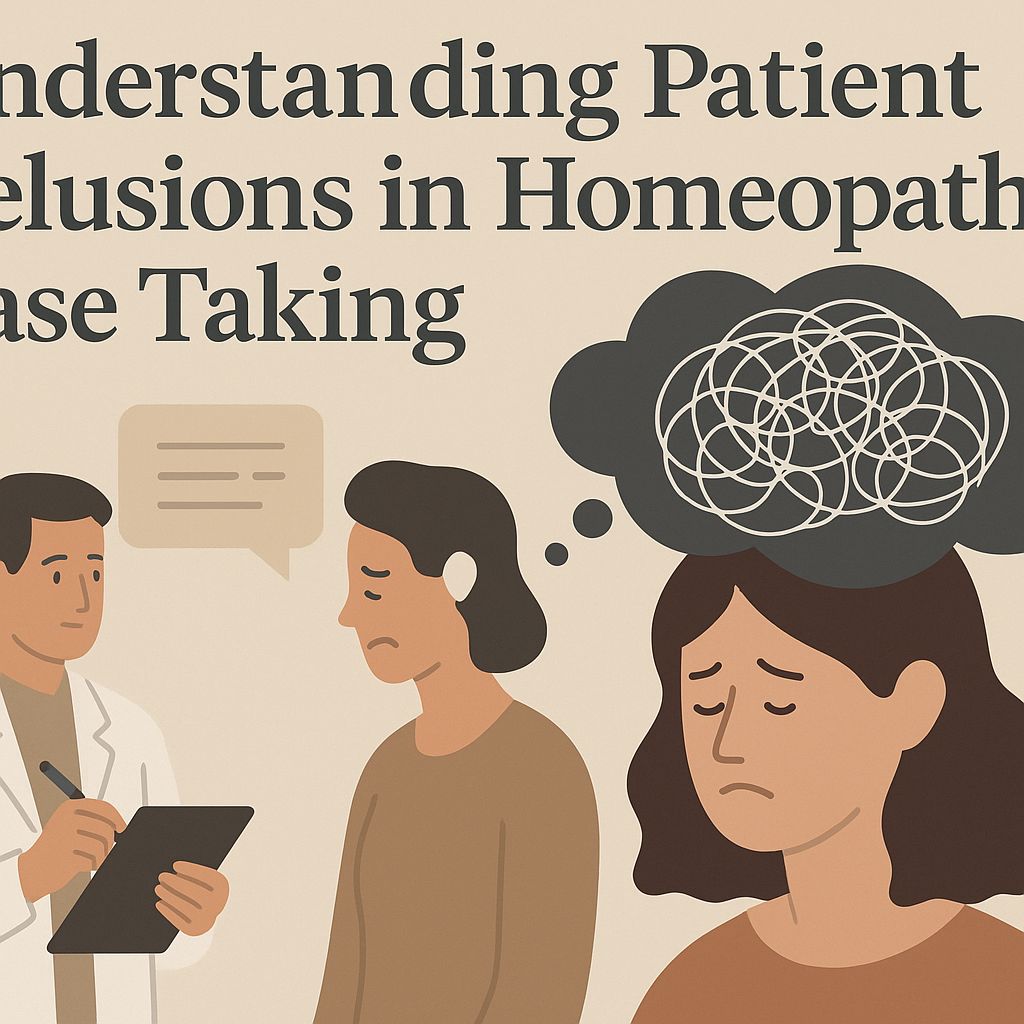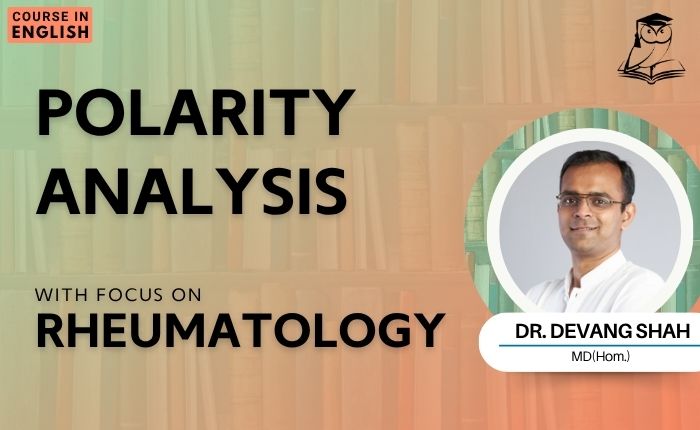In homeopathy, the mind is not a side dish — it is often the main course. And among mental symptoms, delusions hold a place of profound importance. For the advanced homeopath, understanding the delusional framework of a patient can serve as a compass that points directly to the deepest layer of the remedy state.
In this article, we’ll explore:
- Why understanding delusions is essential in case analysis
- How to work with delusion rubrics in the repertory
- How to translate patient language into appropriate rubrics
- Clinical examples that illustrate the nuance involved
What Is a Delusion in Homeopathy?
A delusion, in repertorial terms, is not necessarily a psychiatric diagnosis. In the homeopathic context, a delusion is a subjective, distorted perception of reality that colors how a person thinks, feels, and behaves — even when not overtly psychotic.
Hahnemann’s View
In §213 of the Organon, Hahnemann states:
“In all cases of disease we are to pay attention to the patient’s mental and emotional state…”
He recognized that emotional and mental changes often precede physical illness, and that these internal misperceptions can become guiding lights in remedy selection.
Why Delusions Matter in Case Taking
Delusions represent the core distortion in a person’s experience of life. They are:
- Deeply individual
- Often irrational but persistent
- Frequently subconscious and emotionally charged
- Thematic and repetitive
They Are Not Just Ideas — They Are Real to the Patient
For example:
- A patient who says, “People are always trying to control me,” may not be clinically paranoid — but they live in that perception.
- A woman who breaks down crying, saying “No one loves me, even my children keep away,” may carry a forsaken delusion, even in the midst of a caring family.
Such perceptions are not judged, but used as entry points to the vital force’s deeper expression.
Working With Delusion Rubrics in the Repertory
The Mind chapter of Kent’s Repertory — and expanded versions like Synthesis or Complete Repertory — contain hundreds of delusion rubrics. Many seem strange or archaic (“Delusion, that he is glass,” “Delusion, that he has committed a crime,” etc.), but they’re highly symbolic and phenomenologically rich.
Common Categories of Delusions:
- Forsaken, unwanted, unloved: (e.g. Delusion, forsaken, being)
- Persecution or suspicion: (e.g. Delusion, being watched, Delusion, persecuted)
- Grandeur and superiority: (e.g. Delusion, great person, is, Delusion, rich, is)
- Guilt and worthlessness: (e.g. Delusion, has committed a crime)
- Distorted body image: (e.g. Delusion, body, is brittle)
Reading Rubrics Literally and Symbolically
Some rubrics should be taken verbatim when patients use the exact language. Others are used symbolically, requiring clinical interpretation.
For example:
- A patient saying “I feel like I have no control, as if I’m a puppet on strings” may point toward Delusion, controlled by others or Delusion, powerless.
- A child saying “I’m a superhero, no one can defeat me” (with accompanying behavior) may call for Delusion, great person, is or Delusion, invincible, is.
Translating Patient Language into Delusion Rubrics
This is the crux of advanced case taking. The goal is to extract the inner experience and match it to repertorial language.
Step-by-Step Approach:
- Listen for Emotionally Charged Language
- “I feel abandoned”
- “Nobody respects me”
- “I’m always blamed for everything”
- Explore the Metaphor or Belief
- Ask: “Tell me more.” “Why do you feel that way?” “What makes you think that?”
- You’re looking for repetition and irrational certainty.
- Map to Rubrics
- Use your knowledge of the repertory or repertory software.
- If patient says: “Everyone’s out to get me.” → Delusion, persecuted
- If patient says: “I feel I’m failing even before I try.” → Delusion, failure, of
- Cross-Check with Materia Medica
- Verify your rubric choices with remedies known for those themes.
- For Delusion, forsaken — think of Pulsatilla, Natrum mur, Sepia, Aurum.
- For Delusion, great person — think of Lachesis, Platina, Veratrum album.
Clinical Example
Case: 35-year-old woman with chronic fatigue, hypothyroidism, and frequent headaches.
“I feel like no one sees what I do. Even my kids and husband take me for granted. Sometimes I feel invisible… like I don’t exist.”
- Emotional charge? Yes.
- Logical? Not entirely — a distortion of reality.
- Rubrics:
- Delusion, neglected, is
- Delusion, invisible, is
- Delusion, despised, is
Remedies Considered: Natrum mur, Ignatia, Sepia
Final Prescription: Sepia 200C — with remarkable improvement in mood and headaches over 3 months.
Final Thoughts: Delusion as Window to the Vital Force
Understanding delusions is not about labeling your patient — it’s about perceiving their inner map of reality. It demands subtlety, empathy, and a deep knowledge of the mind section of the repertory.
As homeopaths, we are not just physicians — we are cartographers of the inner terrain. And delusions, when understood deeply, often point the way to the simillimum.
“The symptoms of the mind and disposition are to be written down among the most important, if one desires to have a faithful picture of the disease.” — §211, Organon
If you want to master the delusion rubrics, we have a special course for you:
Mastering Delusion Rubrics (English)
Mastering Delusion Rubrics (English)
JOIN TODAY!








